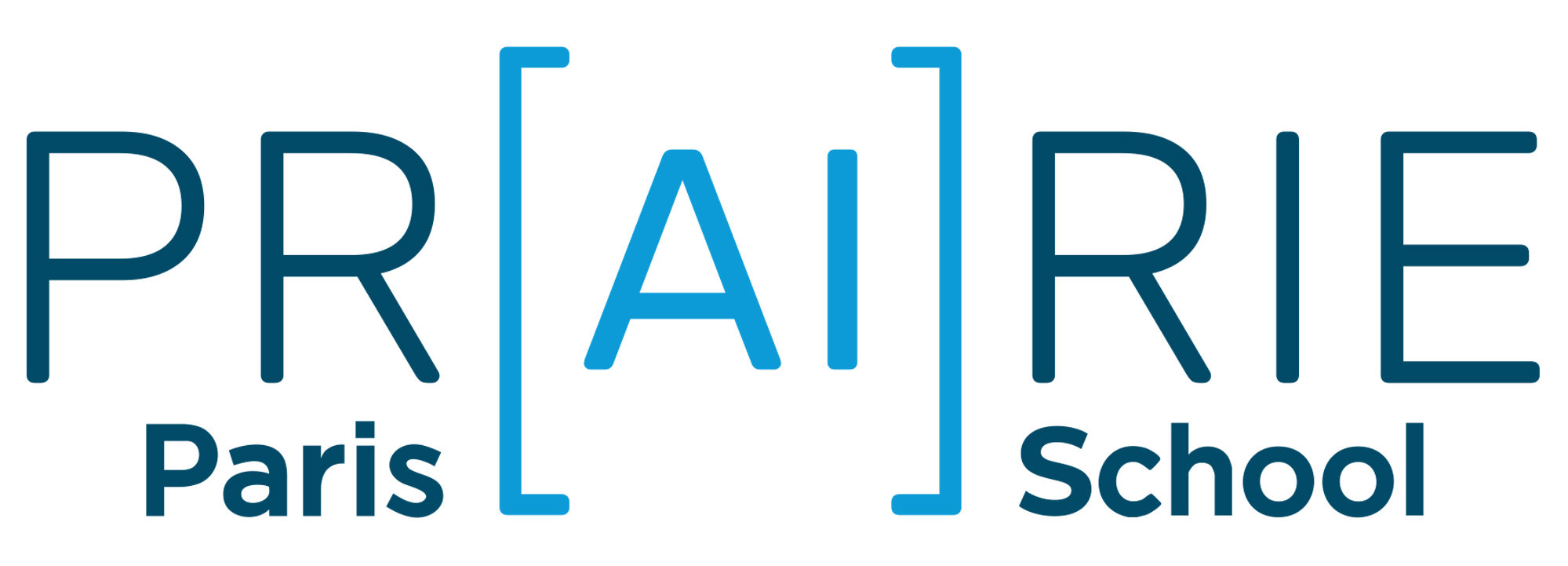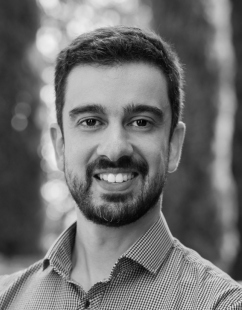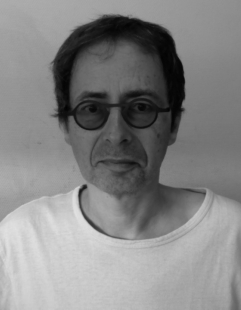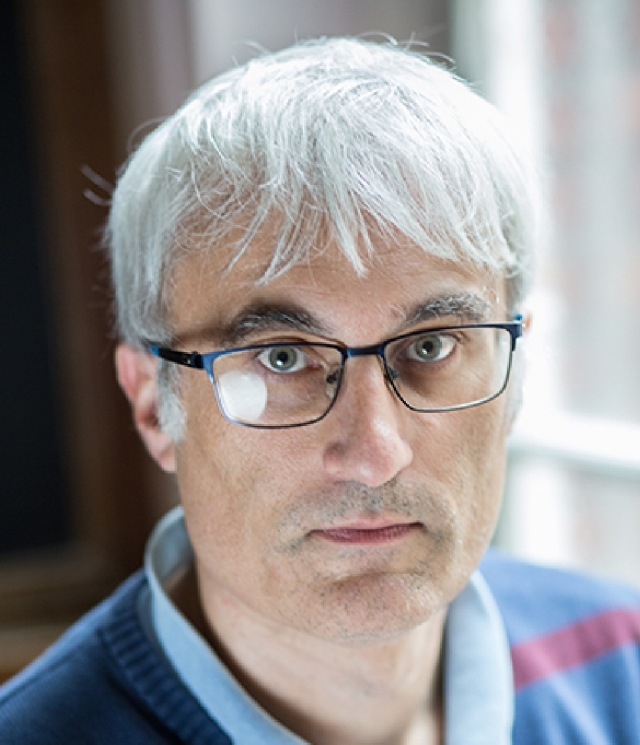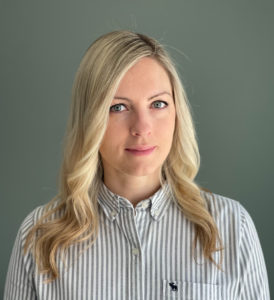Multimodal modeling of tumors
Link: https://cnrs.zoom.us/j/99426211123?pwd=f1lt6cxkucqxVP52NgjiceGi0ozYxQ.1
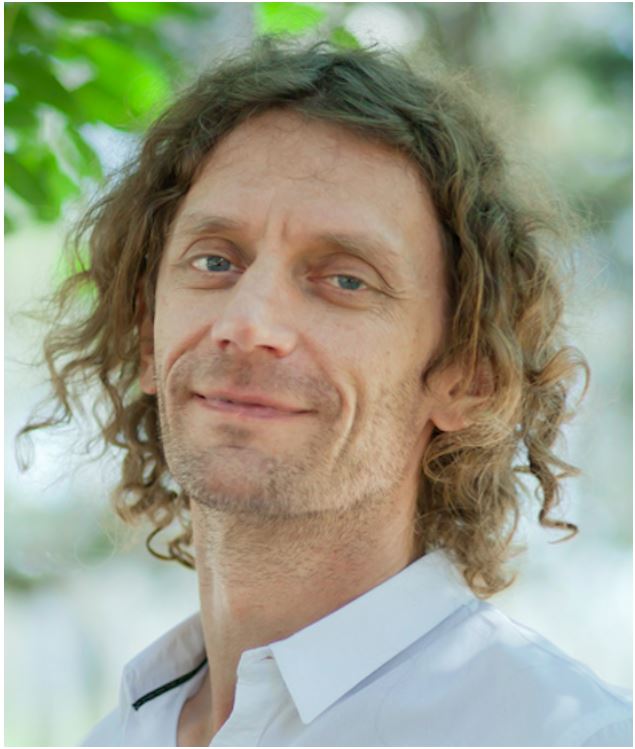
Emmanuel Barillot
Director of U900 Research Department (Institut Curie – INSERM – PSL Research University /Mines ParisTech), Head of U900 Computational Systems Biology of Cancer team, Director of Institut Curie Bioinformatics Core Facility, Chair at Paris Artificial Intelligence Research Institute (PRAIRIE).
Abstract
We now have many modalities to explore the tumor and its environement: many types of omicsdata, imagingdata, clinical records… It is now possible to perform these investigations at single cell level, and also while keeping spatial information, meaning profiling many subregions of a tumor. One burning question is to convert this heaps of data into knowledge useful in biology and clinics. This requires ad hoc algorithms which are capturing the underlying biological nature of the data while being computationally efficient which means keeping a reasonable level of complexity. One key question is to identify trajectories, meaning (potential) evolution over (pseudo-)time of a cell, a tumor or a patient. Another key question is to model explicitly the tumor heterogeneity, its microenvironment and its spatial dimension. These aspects are key for understanding tumor onset, evolution, drug response and potential fragilities for new therapeutic strategies.
My talk will deal with some methodological aspects of these questions based on principal trees, integrative Machine Learning, Boolean modeling and agent-based modeling. It will show applications to the prediction of immunotherapy response in non-small cell lung cancer, and the modeling of migration in different context.
